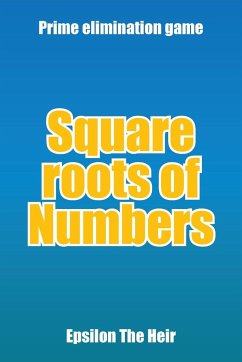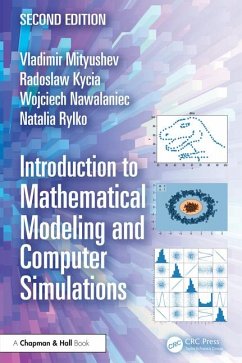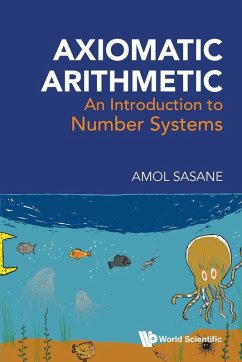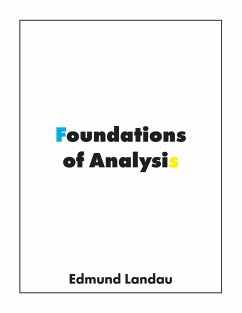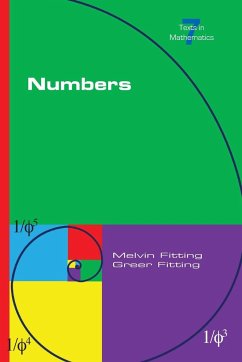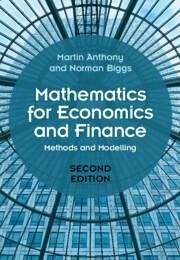
Mathematics for Economics and Finance
Versandkostenfrei!
Versandfertig in 1-2 Wochen
130,99 €
inkl. MwSt.
Weitere Ausgaben:

PAYBACK Punkte
65 °P sammeln!
"An introduction to calculus and linear algebra for students of economics and related areas. Motivated throughout by problems from economics and finance, it covers the essential mathematics for a first-year university course in these areas, providing numerous examples and extensive exercises (with full solutions) to consolidate understanding"--





